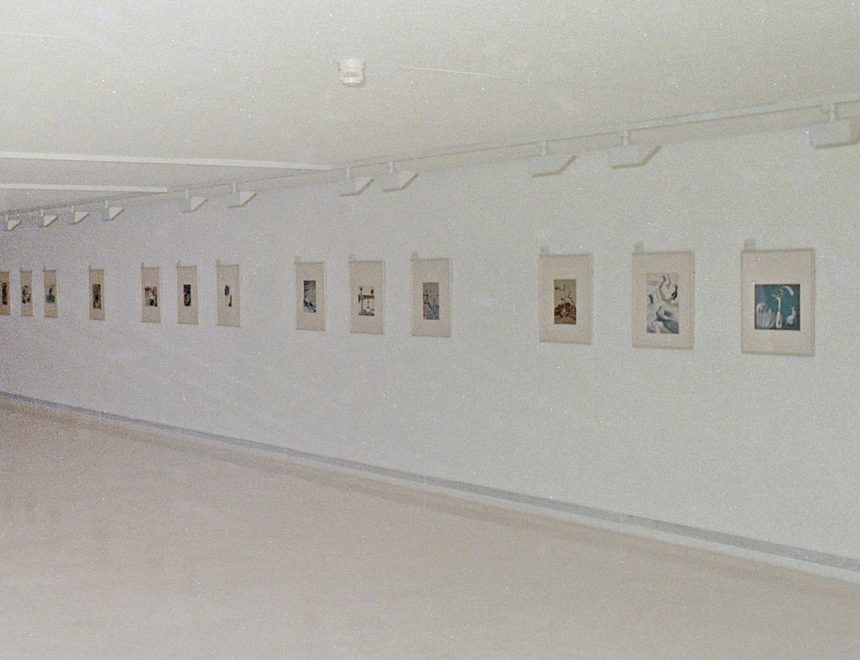Nicolás de Lekuona
Any of the museums promoted by the Spanish state during the democratic period from 1977 to the mid-eighties have a compulsory mission to restore historically forgotten or silenced memory. Since its beginnings, the IVAM has dedicated space in its collection to this task, and programmed a set of exhibitions focusing on the recovery and writing of lost or ruptured modernity.
A restitution of the figure of Nicolás de Lekuona (Ordizia, Guipuzcoa, 1913 – Fruniz, Vizcayan battlefront, 1937), must first overcome the fact that even his very existence has been cast into doubt. De Lekuona was one of the select, avant-garde group of artists, philosophers, writers and musicians who were wanting to renew the sombre panorama of Spain still licking the wounds of the loss of its empire. He took part in the literary gatherings at the Café de Pombo, having moved from San Sebastián to Madrid to study Quantity Surveying. His use of photography, which he saw as a mechanical medium that prioritised the copy over the uniqueness of the artwork, and which allowed an absolute variety of motifs that could transcend a particular style, led him in two directions. He made photographs in a constructivist style tending towards the renovations of the New Photography movement, which he came to know through magazines such as L’ilustration; and also photomontages in the line of the European avant gardes, Surrealism and Dadaism in particular. With this recuperation of the figure of De Lekuona contributed to the slow marking out of the black hole in Spanish history, but also contributed to filling it in with the work of the great exiled intellectual figures.
This exhibition recuperating the figure of De Lekuona contributed to the gradual outlining of the black hole in Spanish history, but also helped to fill in the lacuna with the work of the great figures of its exile.



